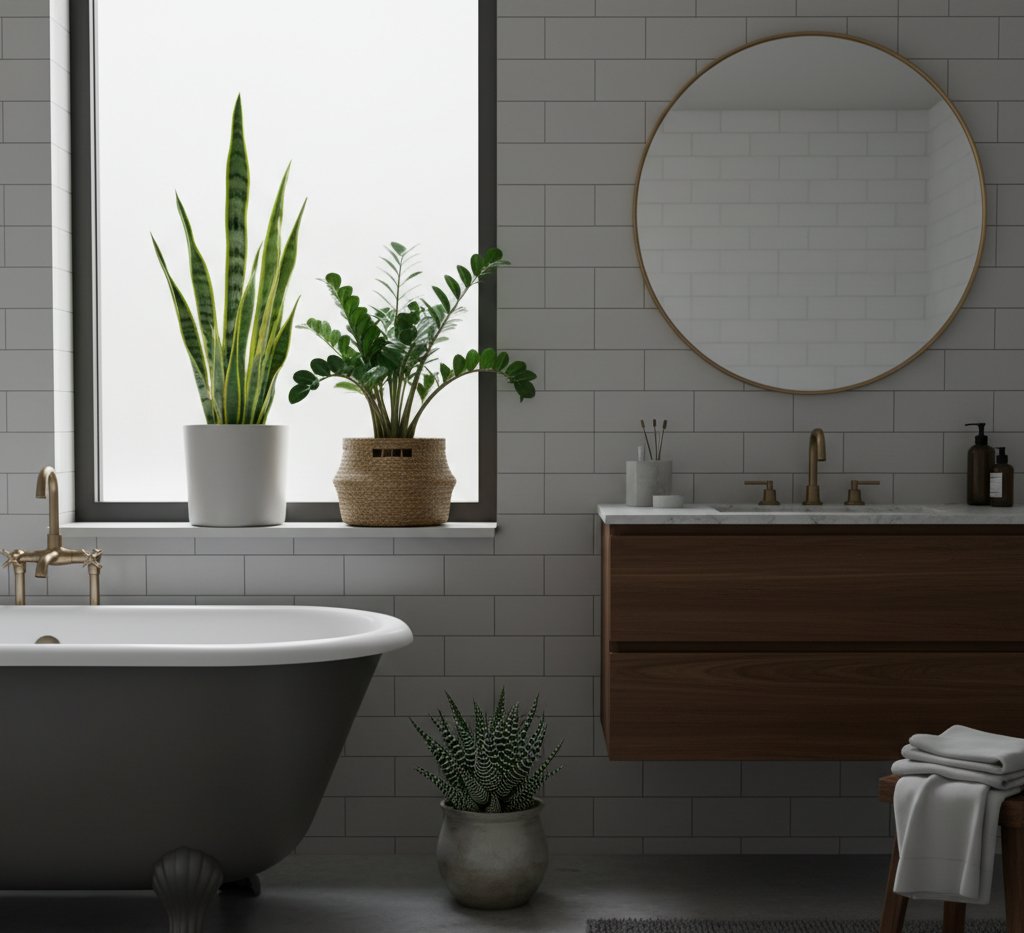Succulents For Low Light Bathrooms
Bathrooms often lack sunlight, but that doesn’t mean you can’t enjoy greenery there. Some succulents thrive in dim, humid spaces where other plants struggle. You can grow healthy, attractive succulents even in a low light bathroom with the right varieties and care. These plants bring a calm, natural look to small spaces while staying easy to maintain.
You’ll discover which succulents handle low light best, which ones add texture or trailing growth, and how to keep them thriving in a humid environment. With just a few smart choices, your bathroom can become a simple, green retreat that stays fresh year-round.
Best Succulents for Low Light Bathrooms
Some succulents can handle dim, humid spaces with little natural light. These hardy plants grow slowly, need little water, and tolerate the changing temperature and moisture levels common in bathrooms.
Snake Plant (Dracaena trifasciata)
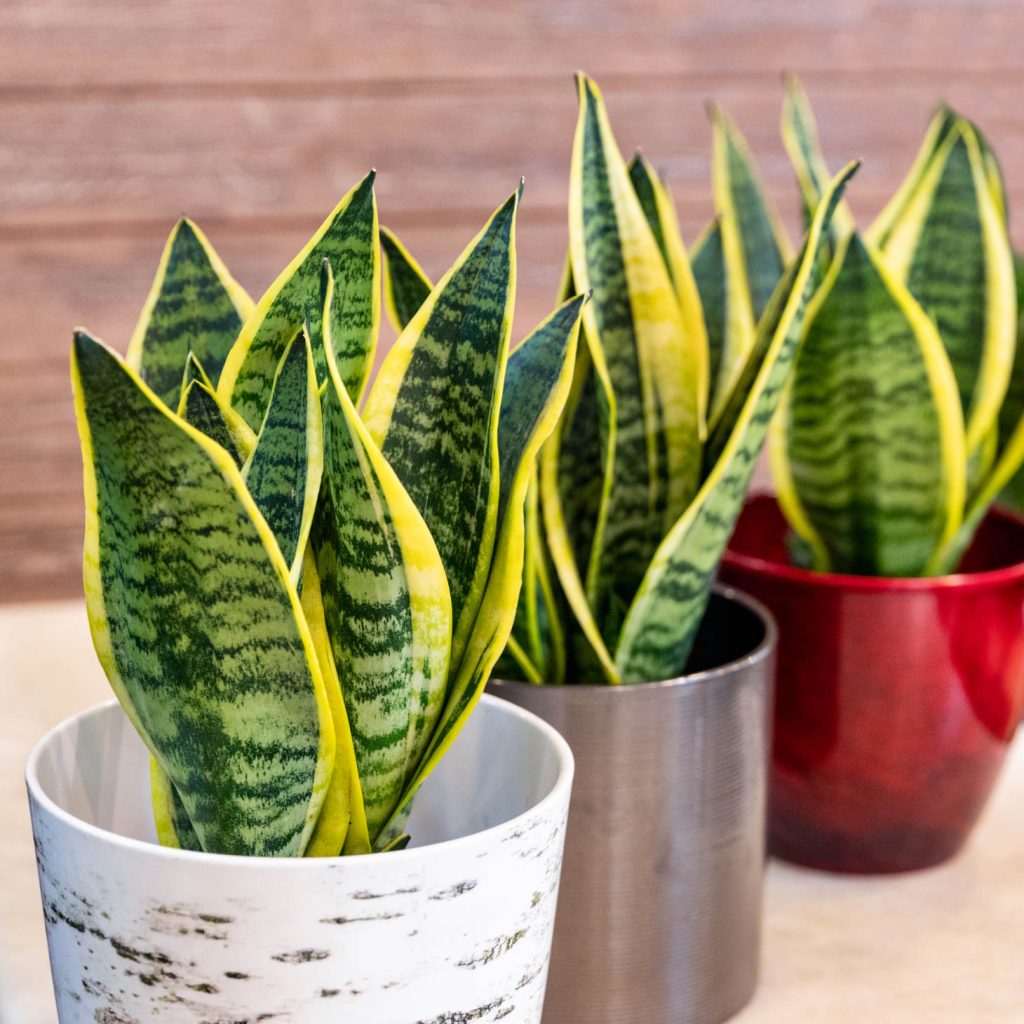
Snake Plant (Dracaena trifasciata) is one of the toughest low-light succulents you can grow. It survives in dim bathrooms where other plants struggle. Its upright, sword-shaped leaves store moisture and resist humidity changes.
You can place it in corners, on shelves, or near a shaded window. The plant’s tolerance for low light and irregular watering makes it one of the easiest indoor plants to maintain.
Care summary:
| Condition | Requirement |
|---|---|
| Light | Low to medium, indirect |
| Water | Once a month or less |
| Soil | Fast-draining potting mix |
Snake Plants also help freshen indoor air, which is useful in enclosed bathroom spaces.
Ox Tongue (Gasteria)
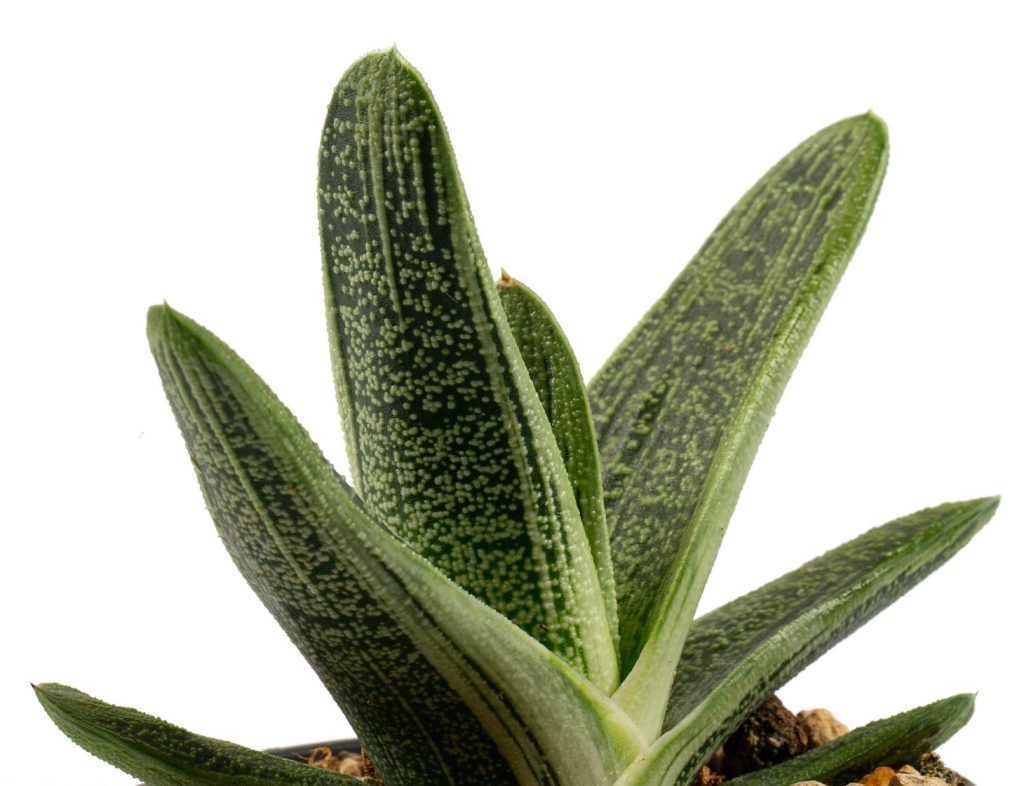
Ox Tongue (Gasteria) species grow well in bathrooms with little or no direct sunlight. Their thick, fleshy leaves often show gray or white markings and stay compact, making them perfect for small areas like shelves or counters.
They prefer moderate humidity, which keeps their leaves firm without causing rot. You can water sparingly, allowing the soil to dry completely between waterings.
Best conditions:
- Light: Low to moderate, indirect
- Water: Every 2-4 weeks (allow soil to dry)
- Temperature: 60-80°F
Gasteria plants grow slowly and rarely need repotting, so you can enjoy them for years with minimal effort.
ZZ Plant (Zamioculcas Zamiifolia)
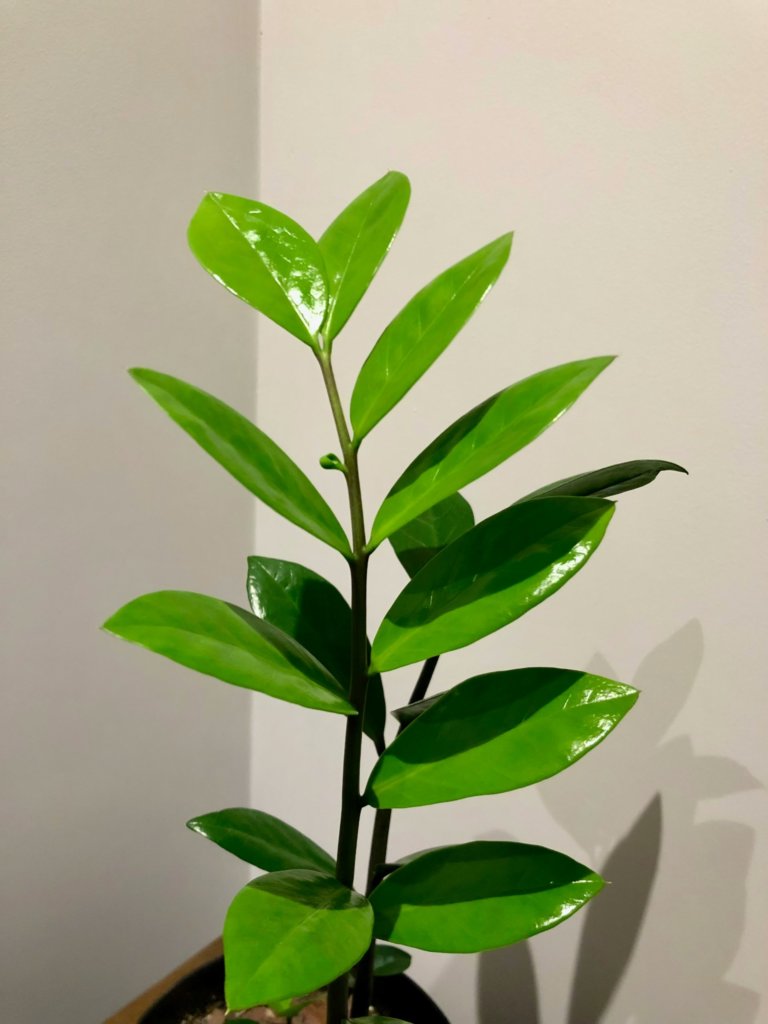
ZZ Plant (Zamioculcas zamiifolia) is another excellent option for low-light bathrooms. Its waxy, dark green leaves reflect light and stay glossy even in dim conditions.
This plant tolerates neglect, infrequent watering, and humid air. You can keep it in a decorative pot on the floor or counter, and it will continue to grow steadily.
Care details:
- Light: Very low to medium indirect light
- Water: Allow soil to dry out completely between waterings (typically every 2-4 weeks, depending on light/season)
- Soil: Well-draining mix
The ZZ Plant’s durability and clean appearance make it one of the most reliable low-light succulents for modern bathrooms.
Additional Low-Light Succulent Varieties for Bathrooms
You can choose several small succulents that handle humidity and limited sunlight well. These plants stay compact, need little care, and add texture and color to bathroom shelves or windowsills.
Zebra Plant (Haworthiopsis attenuata)
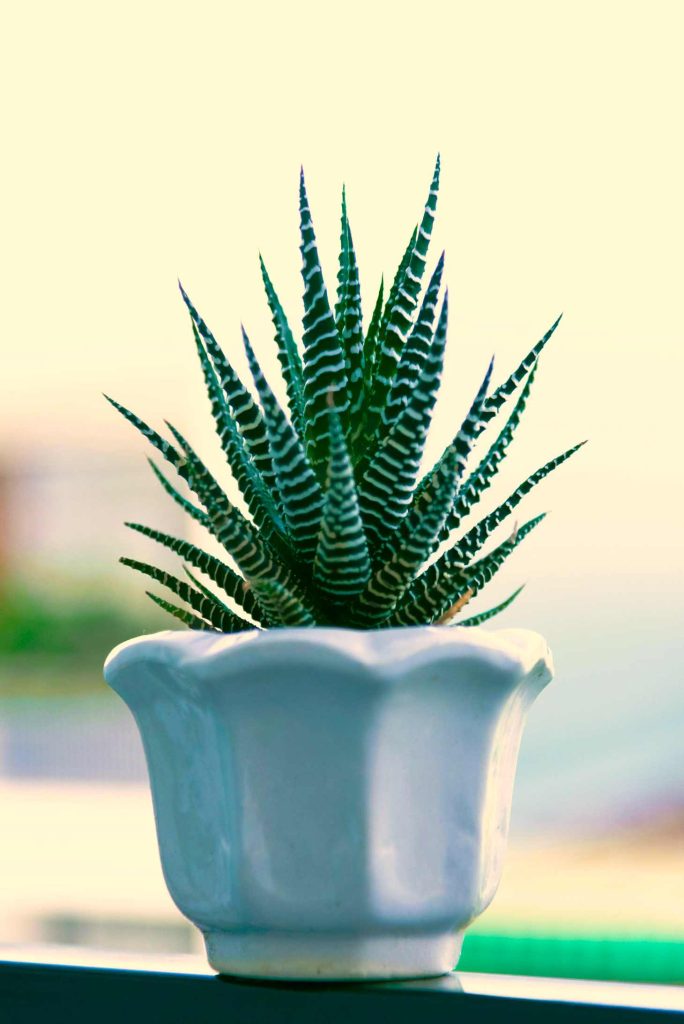
Zebra Plant (Haworthiopsis attenuata) grows slowly and tolerate low light better than many succulents. Its thick, pointed leaves with white stripes give them a clean, structured look that fits modern spaces.
You can keep it near a frosted window or under artificial light. It prefers well-draining soil and should be watered only after the soil is completely dry.
A small ceramic pot with drainage holes helps prevent root rot. These plants rarely outgrow their containers, making them ideal for compact bathrooms.
| Care Needs | Details |
|---|---|
| Light | Indirect or low natural light |
| Water | Allow soil to completely dry out between waterings |
| Humidity | Tolerates average bathroom humidity |
Panda Plant (Kalanchoe tomentosa)
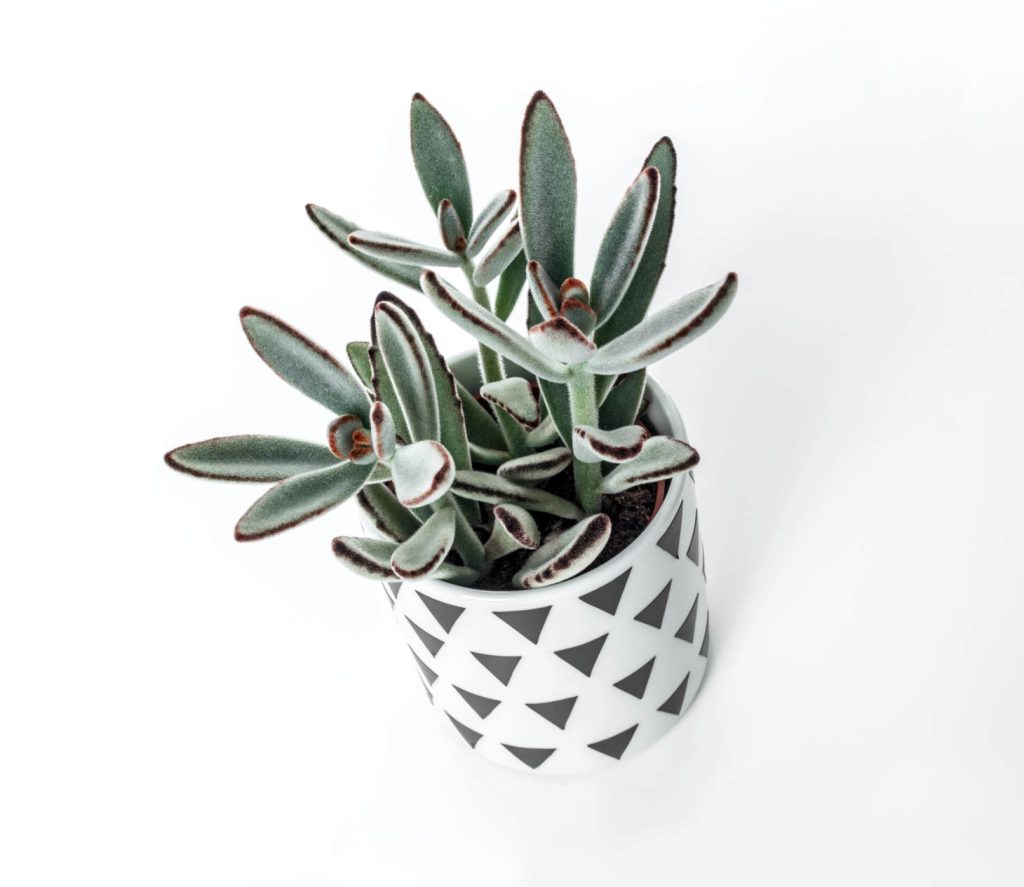
Panda Plant (Kalanchoe tomentosa), with its fuzzy gray-green leaves edged in brown, handles low light. It stores water in its leaves, so you only need to water it when the soil is completely dry.
Keep the plant in pots with good drainage. Avoid misting, as too much moisture on the leaves can cause rot.
Sedum Morganianum (Burro’s Tail or Donkey’s Tail)
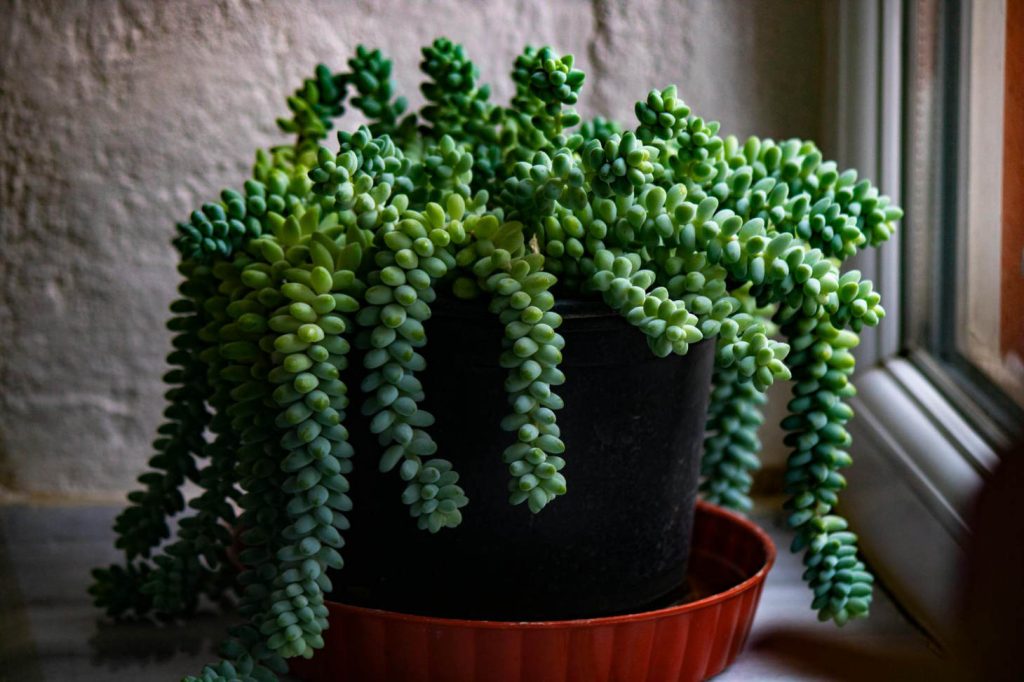
Burro’s Tail and Donkey’s Tail are common names for Sedum morganianum, a trailing succulent with plump, bead-like leaves. It can live in bright, indirect light but adjusts to lower light if kept dry and warm.
You can hang it in a basket or place it on a high shelf where its stems can drape naturally. Handle it carefully, its leaves break easily.
Water sparingly, only when the soil is completely dry, and ensure the pot drains well to prevent root rot. The plant’s cascading shape adds movement and interest to bathroom décor.
Unique and Trailing Succulents for Humid Spaces
Succulents that handle humidity well often come from tropical regions and adapt to indirect light. These plants can thrive in bathrooms where moisture is high but sunlight is limited, offering texture, greenery, and easy care.
Peperomia for Bathrooms
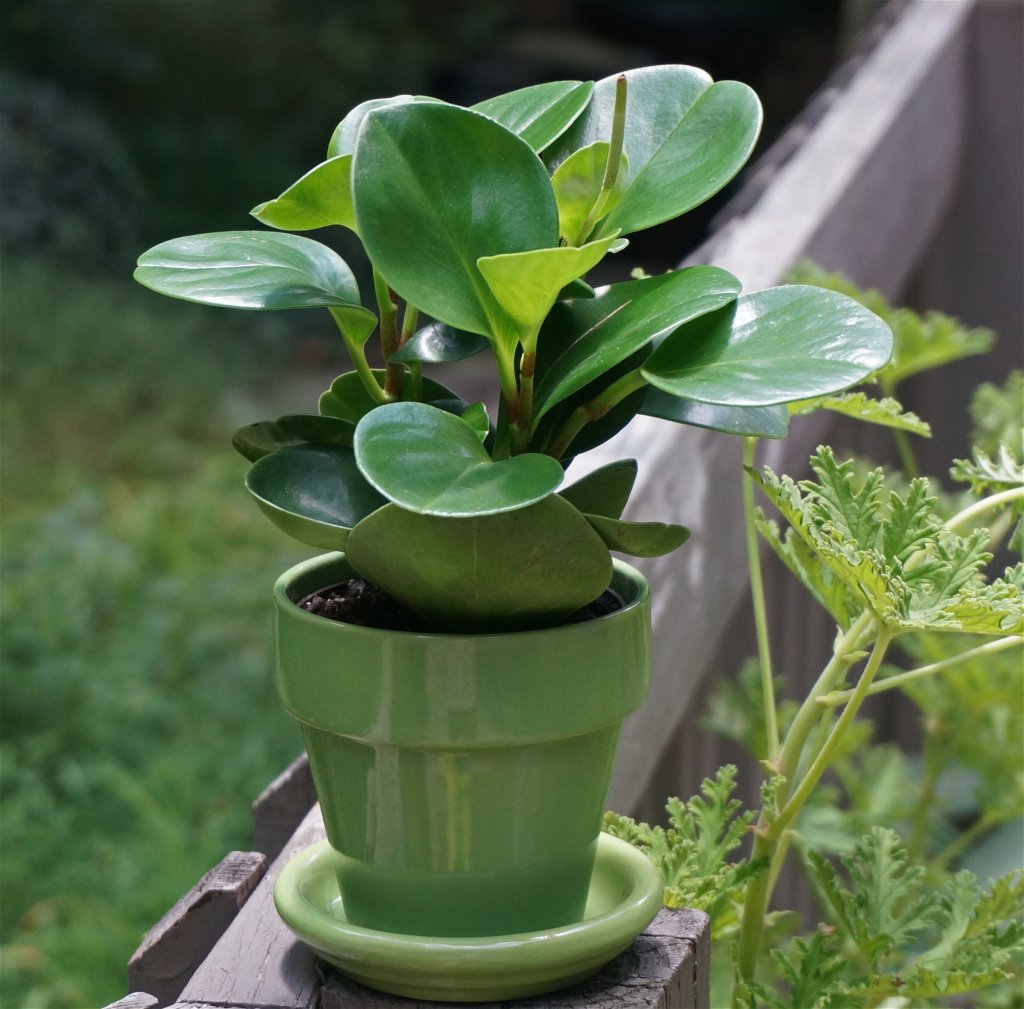
Peperomia species stay compact and tolerate the damp conditions common in bathrooms. Their thick leaves store water, which helps them handle short periods without watering. You can choose from several forms, such as Peperomia obtusifolia with glossy leaves or Peperomia prostrata that trails gently over pot edges.
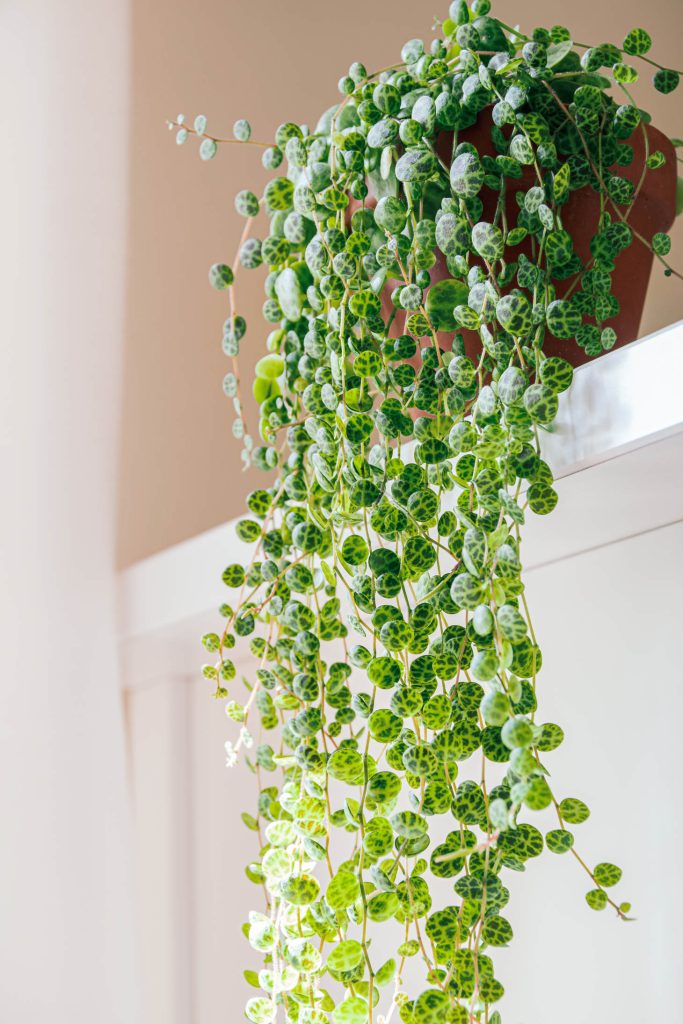
Place them near a window with filtered light or under LED grow lights. Avoid direct sun, which can scorch the leaves. Their shallow roots prefer small pots with good drainage.
Ponytail Palm (Beaucarnea Recurvata)

The Ponytail Palm (Beaucarnea recurvata) is not a true palm but a succulent with a thick base that stores water. It tolerates humidity well and adds height and structure to small rooms. Its long, curling leaves create movement without needing frequent care.
You can place it near a bright window where it receives indirect light. Water sparingly, its bulbous trunk holds enough moisture to last weeks.
Frequently Asked Questions
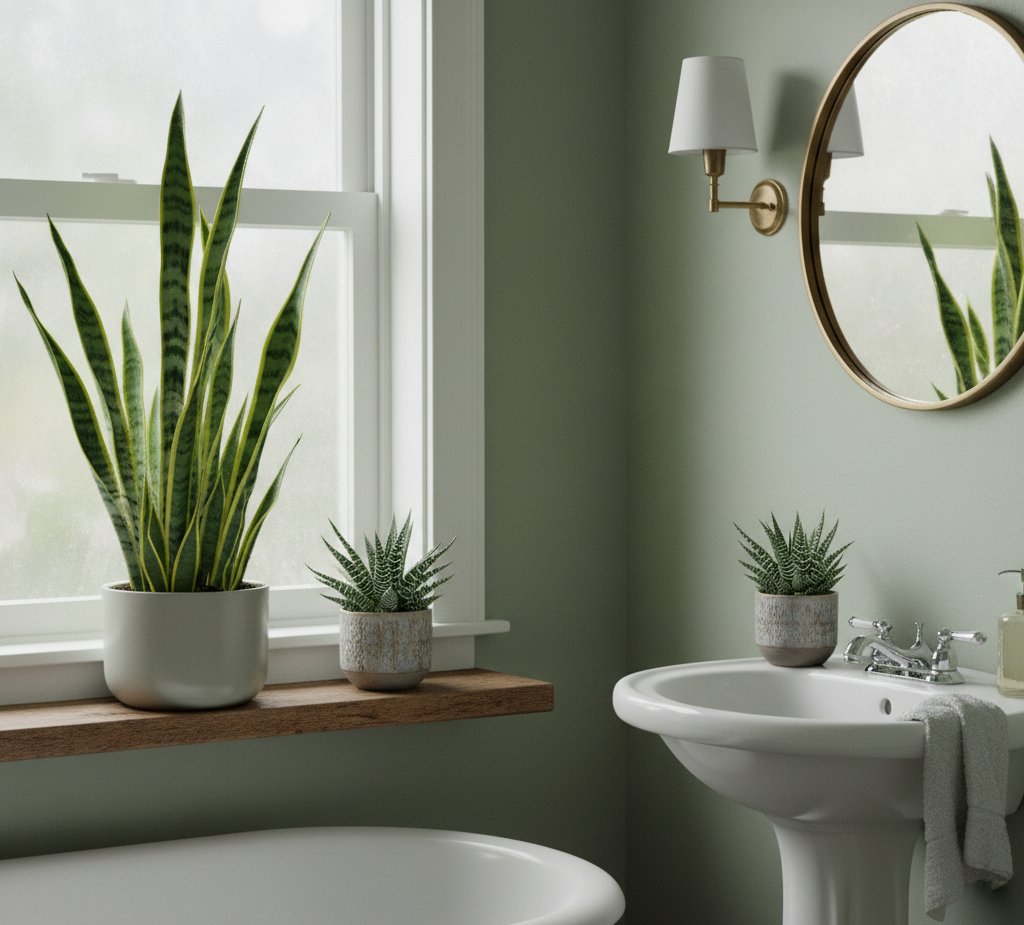
Succulents can adapt to low-light and humid bathrooms when you choose the right types and follow simple care steps. You need to focus on light exposure, watering habits, and plant size to keep them healthy in these conditions.
What are the best succulent varieties for growing in low-light bathrooms?
Choose succulents that tolerate shade and humidity. Haworthia, Gasteria, and Snake Plant (Dracaena trifasciata) handle low light well.
Can succulents thrive in bathrooms with minimal natural light?
Yes, but they need some indirect or artificial light. Use LED grow lights if your bathroom has no windows. Without any light source, most succulents will weaken over time.
How do you care for succulents in a low-light indoor environment?
Use a well-draining soil mix made for succulents. Avoid overwatering; wait until the soil feels dry before watering again. Make sure the pot has drainage holes to prevent root rot.
Are there large succulent species that can grow well in dimly lit bathrooms?
Large succulents like Snake Plant can tolerate low light if they receive occasional bright, indirect light. Keep them away from direct water spray and ensure proper air circulation.
How often should you water succulents in a low-light bathroom setting?
Water sparingly, usually every 2 to 4 weeks, depending on humidity and temperature. In a humid bathroom, the soil stays moist longer, so you should water less often to avoid root rot.

